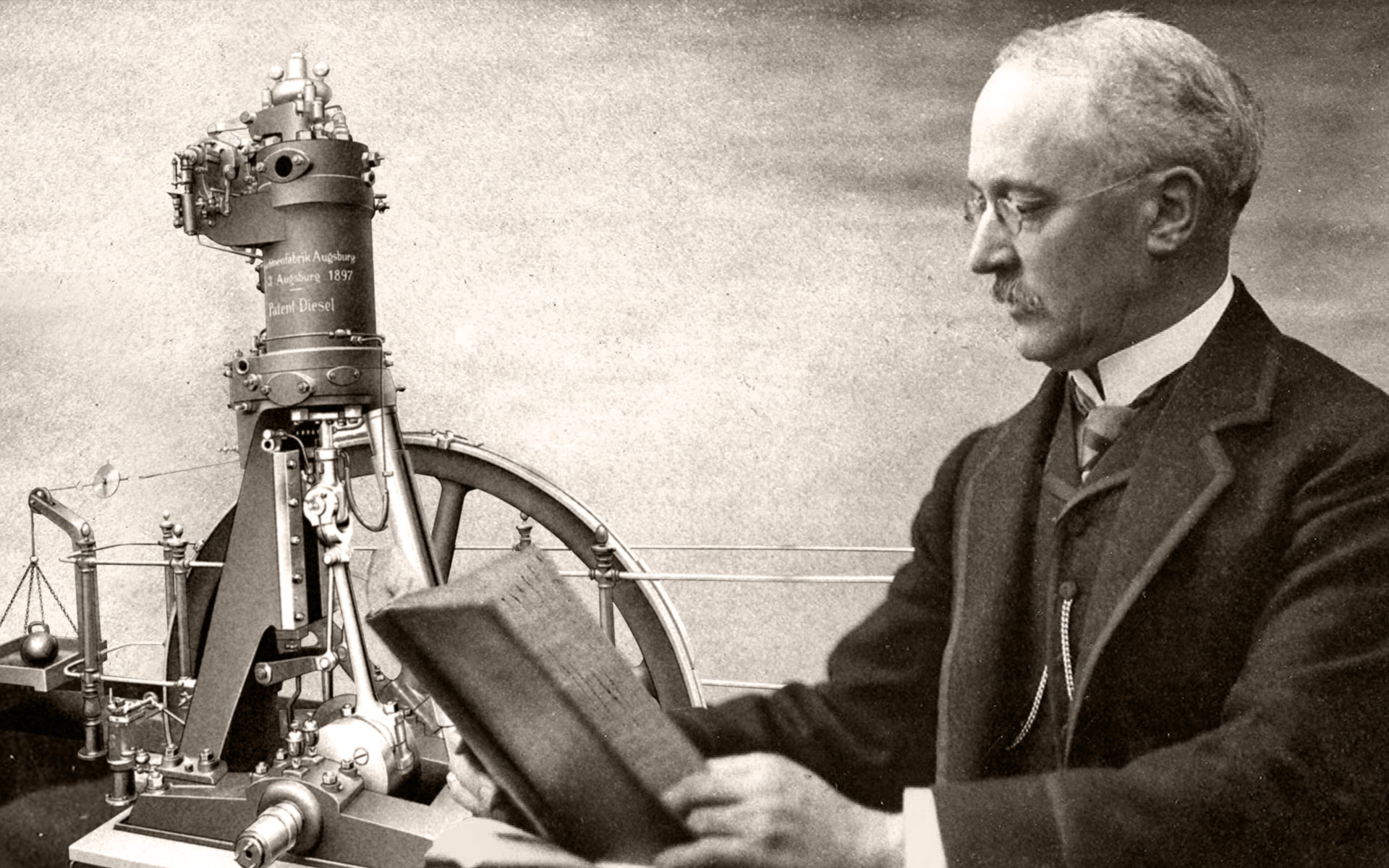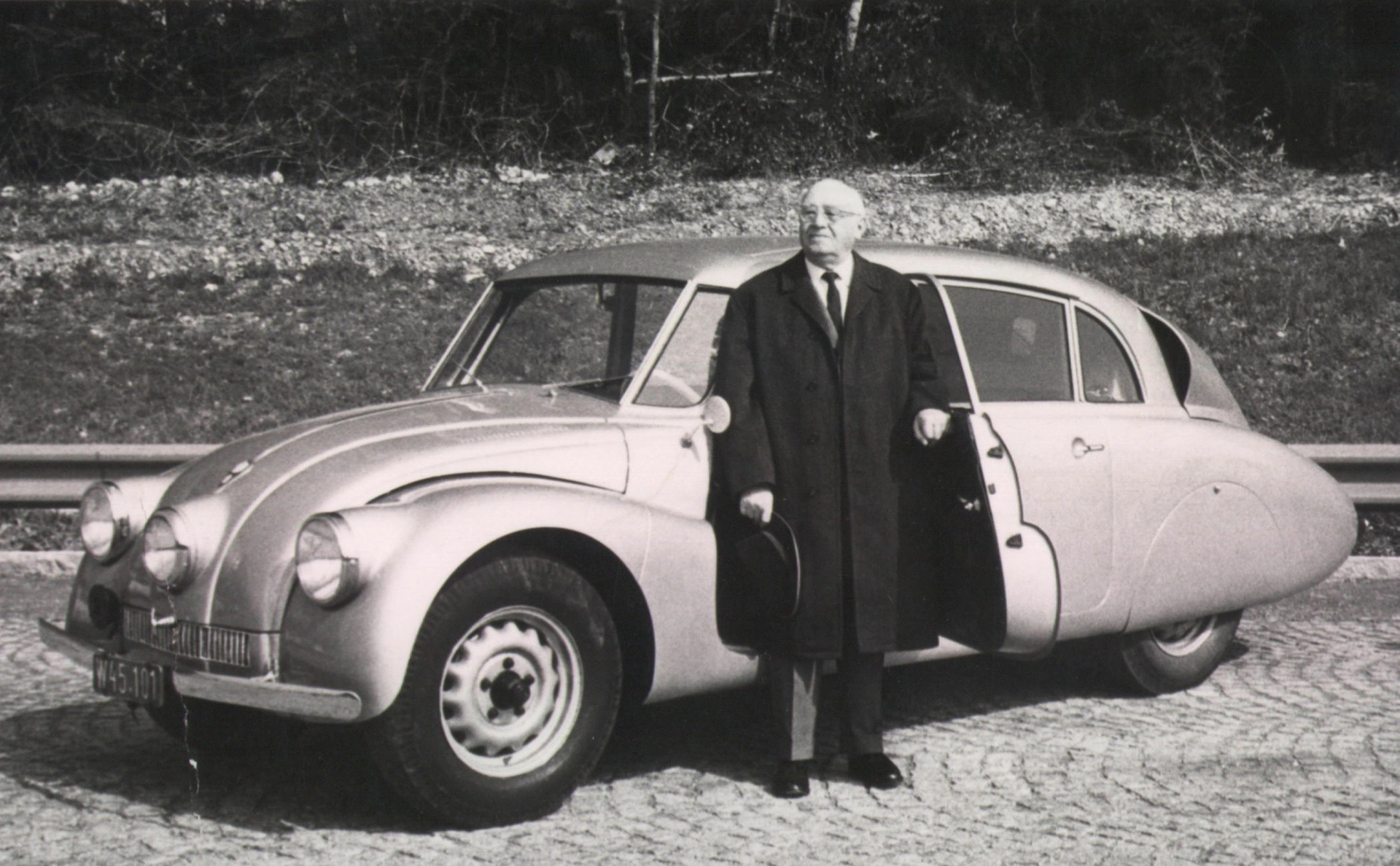Unforgettable Car Geniuses: Rudolf Diesel
15 February 2025 7 min read 4 images

Photo credit: Mercedes-Benz
On October 10, 1913, the Dutch Coast Guard discovered the lifeless body of a man in the English Channel. The only belongings found on him were a coin purse, a pocket knife, a glasses case, and a pillbox. Following the customs of the time, the sailors returned the body to the sea. Three days later, in Vlissingen, Netherlands, Eugen Diesel recognized the objects: they belonged to his father, Rudolf, the famous German engineer known for inventing the diesel engine that bears his name. Born in 1858 in Paris to German parents, he was forced to flee to London due to the Franco-Prussian War but managed to return to Germany with the help of a cousin. He graduated in engineering in 1880 from the Technical University of Munich. Five years later, Rudolf Diesel founded his first workshop-laboratory, where he began developing a new type of engine based on using the high temperature generated by air compression in the combustion chamber to ignite the fuel. Initially, the experimental fuel was vegetable oil; only later was it developed for diesel fuel. In other words, his engine did not require a spark plug ignition, as was necessary for gasoline engines.
Register to unlock this article
Signing up is free and gives you access to hundreds of articles and additional benefits. See what’s included in your free membership. See what's included in your free membership.
Already have an account? Log In


